The American desert has long been misunderstood as a barren, lifeless landscape where few dare to settle. Yet scattered across these arid regions are vibrant communities that have adapted to the challenging environment and transformed it into something truly special.
These towns boast rich histories, unique cultural identities, and natural wonders that defy the stereotypical image of desert life. Here is a list of 20 desert towns across the United States that offer much more than the typical hot and dry landscape associated with desert living.
Sedona, Arizona
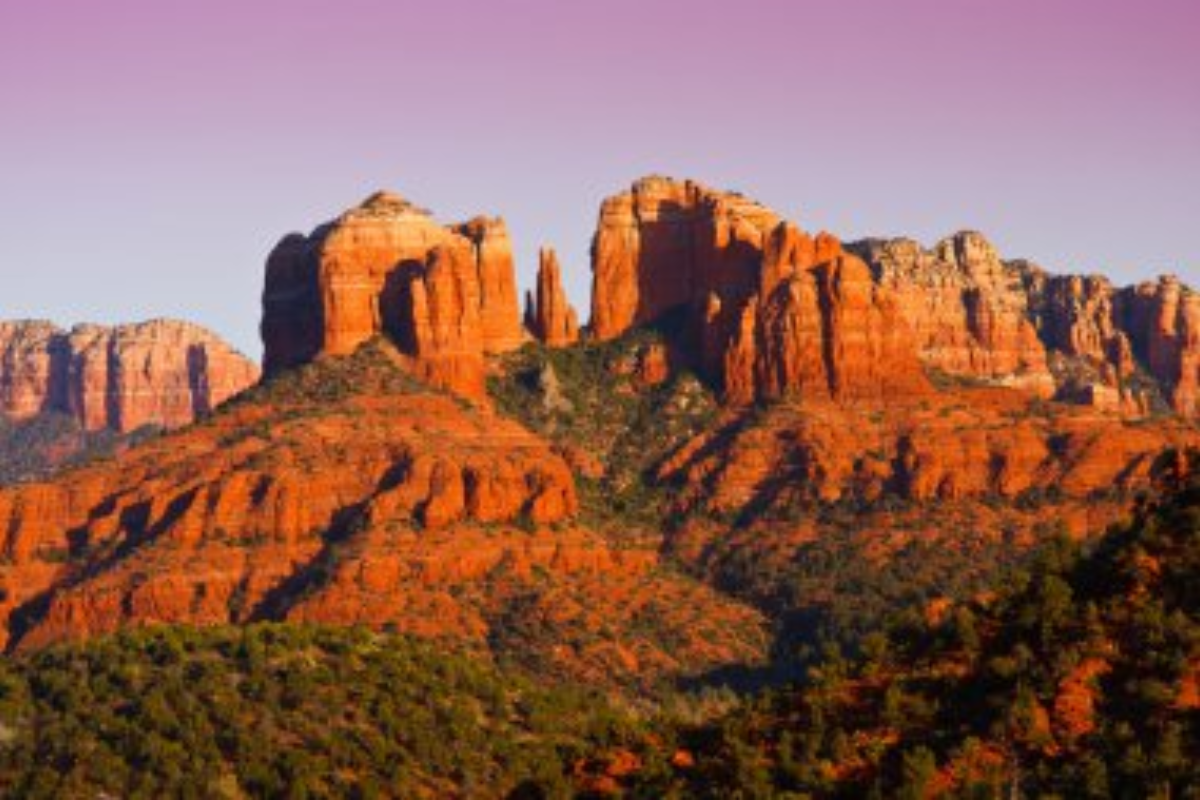
Nestled among striking red rock formations, Sedona is a desert town that doubles as a spiritual haven. At sunset, the breathtaking sandstone buttes and mesas glow in brilliant orange and red hues, creating what locals call ‘nature’s cathedral.’
Beyond its natural beauty, Sedona has become renowned for its energy vortexes—specific locations believed to emit energy that facilitates prayer, meditation, and healing.
Marfa, Texas
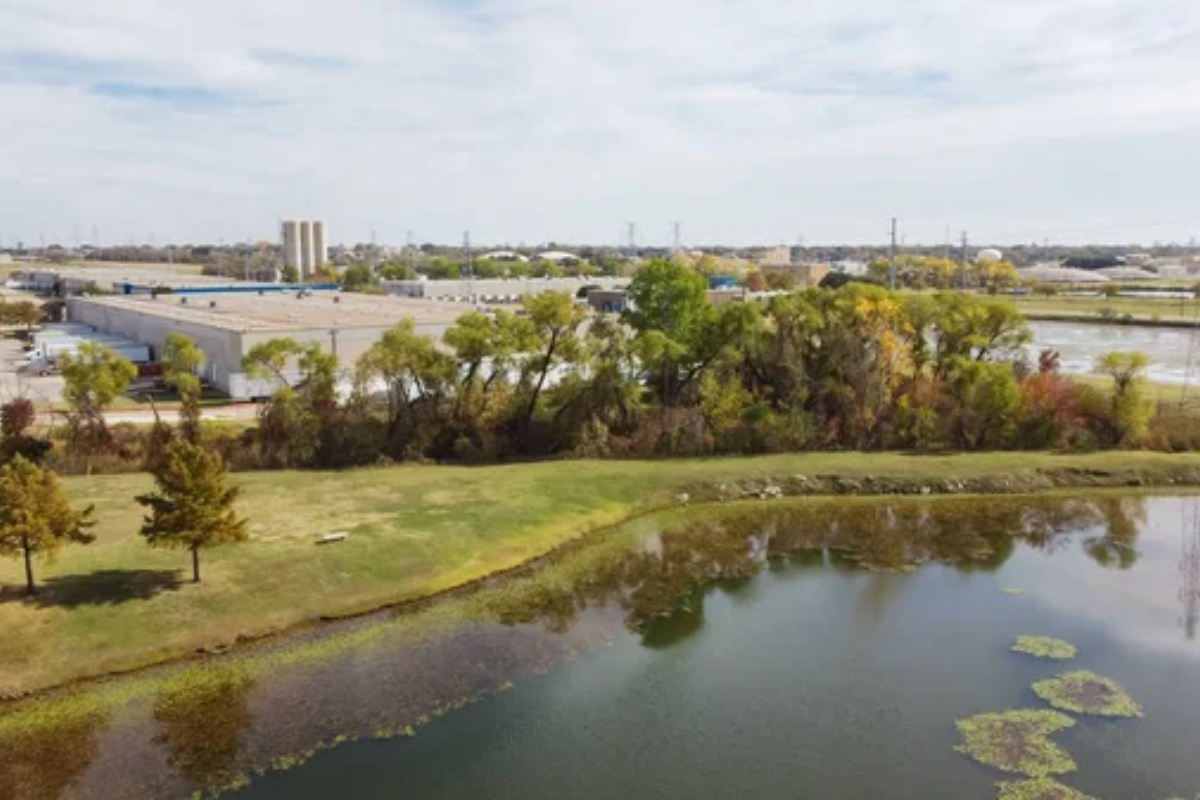
This tiny West Texas town has transformed from a railroad water stop into an unlikely art destination. Marfa gained international attention when minimalist artist Donald Judd moved there in the 1970s and began creating large-scale installations in the desert landscape.
Today, the town’s artistic legacy continues with galleries, installations, and the famous Marfa Lights—mysterious glowing orbs that appear in the desert night sky, baffling scientists and delighting visitors for generations.
Like Travel Pug’s content? Follow us on MSN.
Moab, Utah
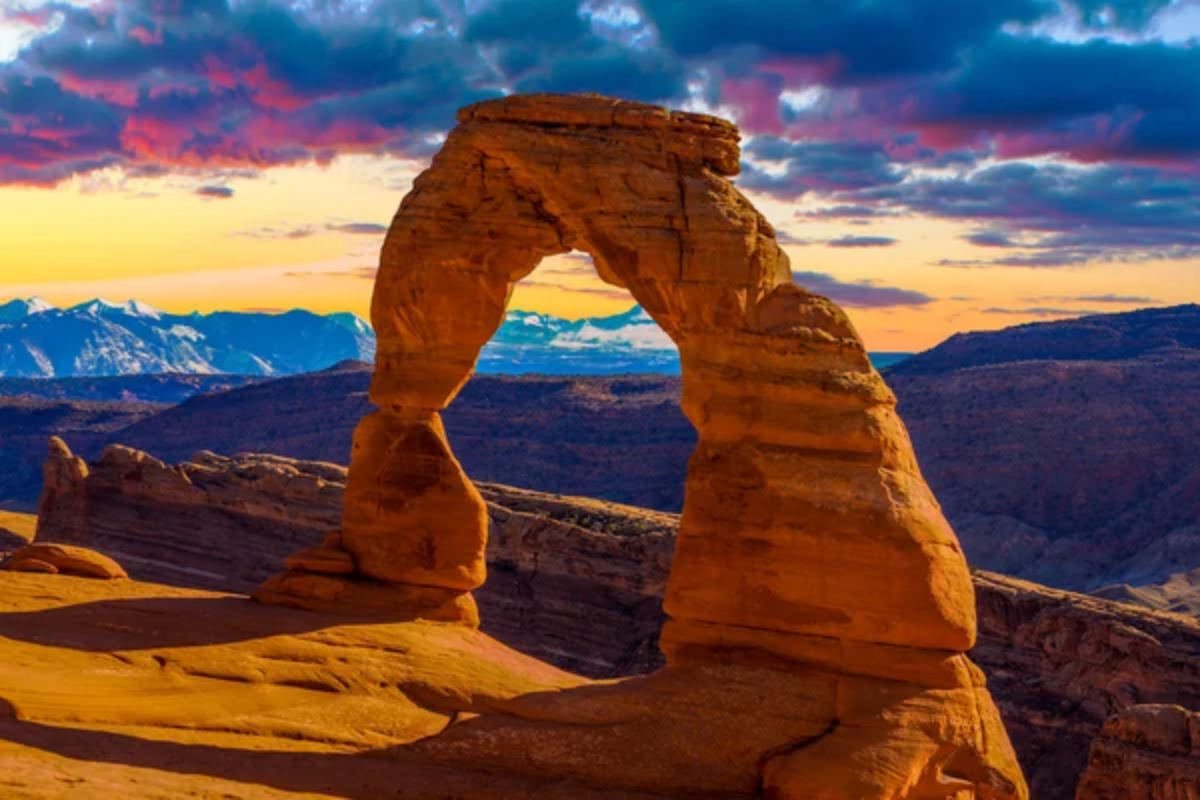
Surrounded by two national parks—Arches and Canyonlands—Moab is the adventure capital of the Southwest. The town’s economy once relied on uranium mining, but today, it thrives on outdoor enthusiasts who come for world-class mountain biking, rock climbing, and off-roading.
The nearby Colorado River offers cooling respite from the desert heat, while ancient rock art left by indigenous peoples tells the story of human habitation going back thousands of years.
Joshua Tree, California
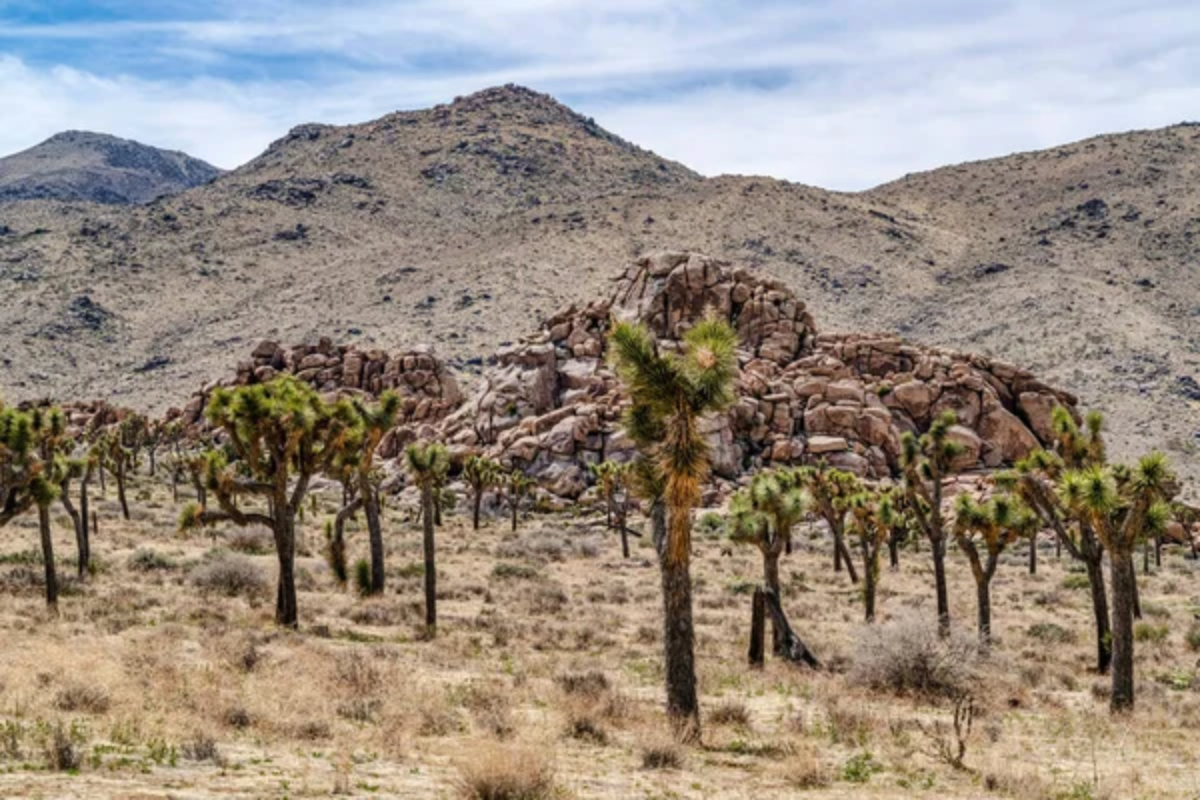
Named after the distinctive yucca plants that dot the landscape, Joshua Tree sits at the intersection of the Mojave and Colorado deserts. This town has become a magnet for artists, musicians, and free spirits seeking inspiration from the otherworldly desert surroundings.
The nearby national park features massive boulder formations that seem to have been arranged by some cosmic hand, creating a landscape that feels more like another planet than Earth.
Santa Fe, New Mexico

As one of America’s oldest cities, Santa Fe blends Native American, Spanish, and Anglo influences into a unique cultural tapestry. The adobe architecture gives the entire town a warm, earthy glow that seems to capture the desert sunset.
Santa Fe’s vibrant arts scene includes hundreds of galleries. At the same time, the nearby mountains offer a cool escape from summer heat and winter skiing opportunities—a rare combination for a desert town.
Like Travel Pug’s content? Follow us on MSN.
Ajo, Arizona
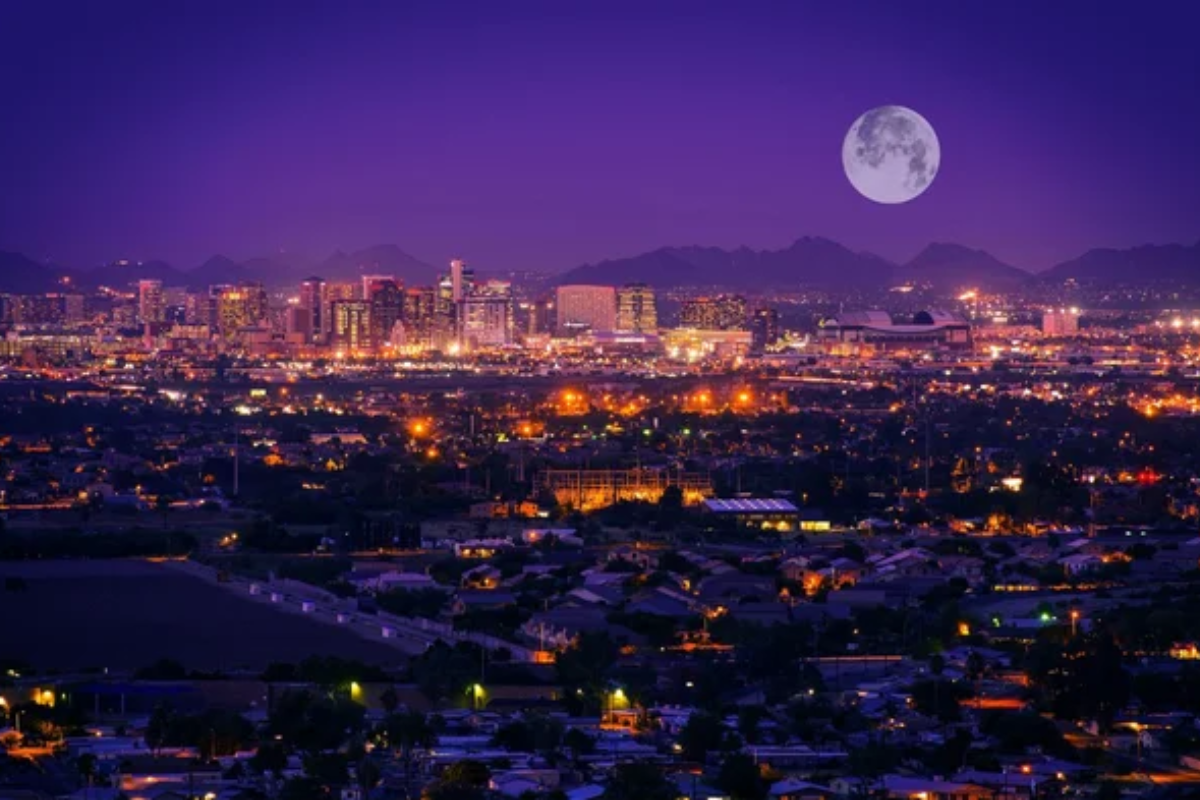
This former copper mining town reinvented itself as an arts community after the mine closed in the 1980s. Ajo’s Spanish Colonial plaza remains the heart of the town, surrounded by buildings painted in desert pastels that reflect the landscape.
The nearby Organ Pipe Cactus National Monument showcases an incredible diversity of desert plants, demonstrating that ‘barren’ is the last word that should be used to describe this ecosystem.
Palm Springs, California
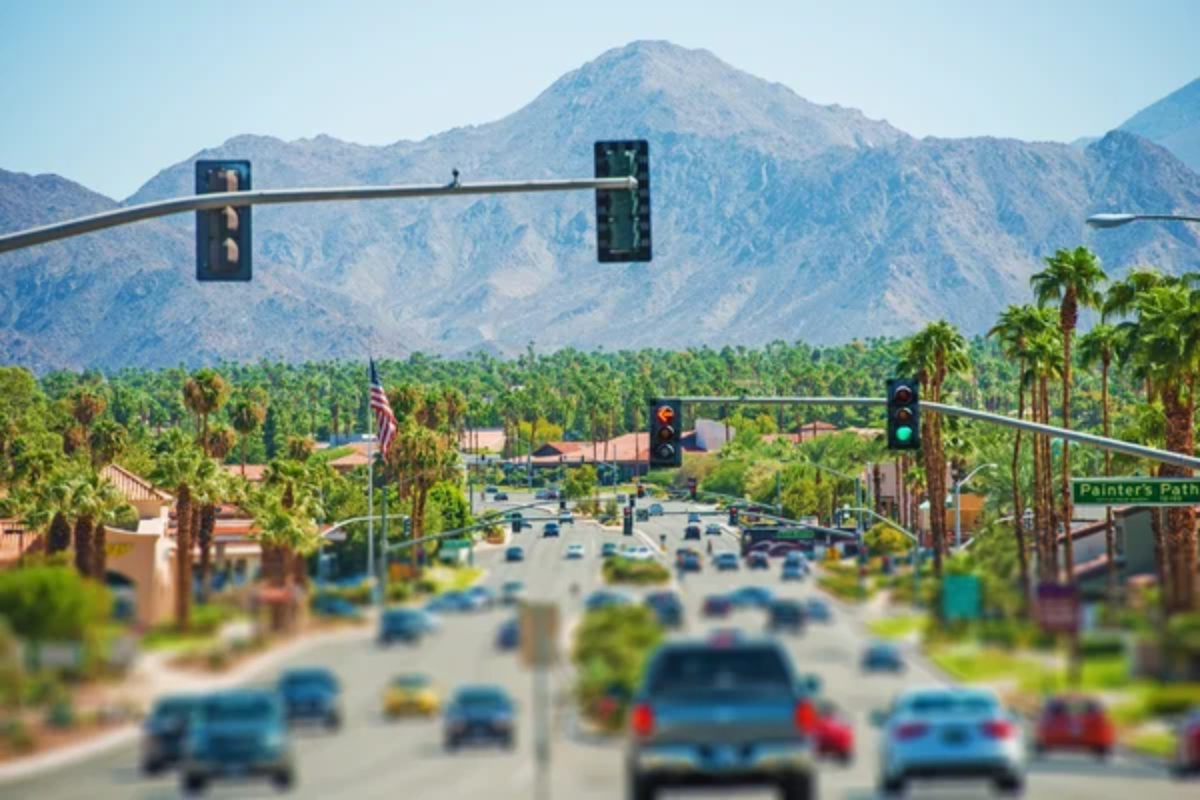
Once a playground for Hollywood stars seeking escape from Los Angeles, Palm Springs has preserved its mid-century modern architecture like a time capsule from the 1950s and ’60s. Palm oases and swimming pools punctuate the stark desert landscape, while the aerial tramway climbs nearly 6,000 feet to alpine forests, allowing visitors to experience multiple ecosystems in a single day.
A thriving LGBTQ+ community and modernist design culture complement the town’s retro vibe.
Taos, New Mexico
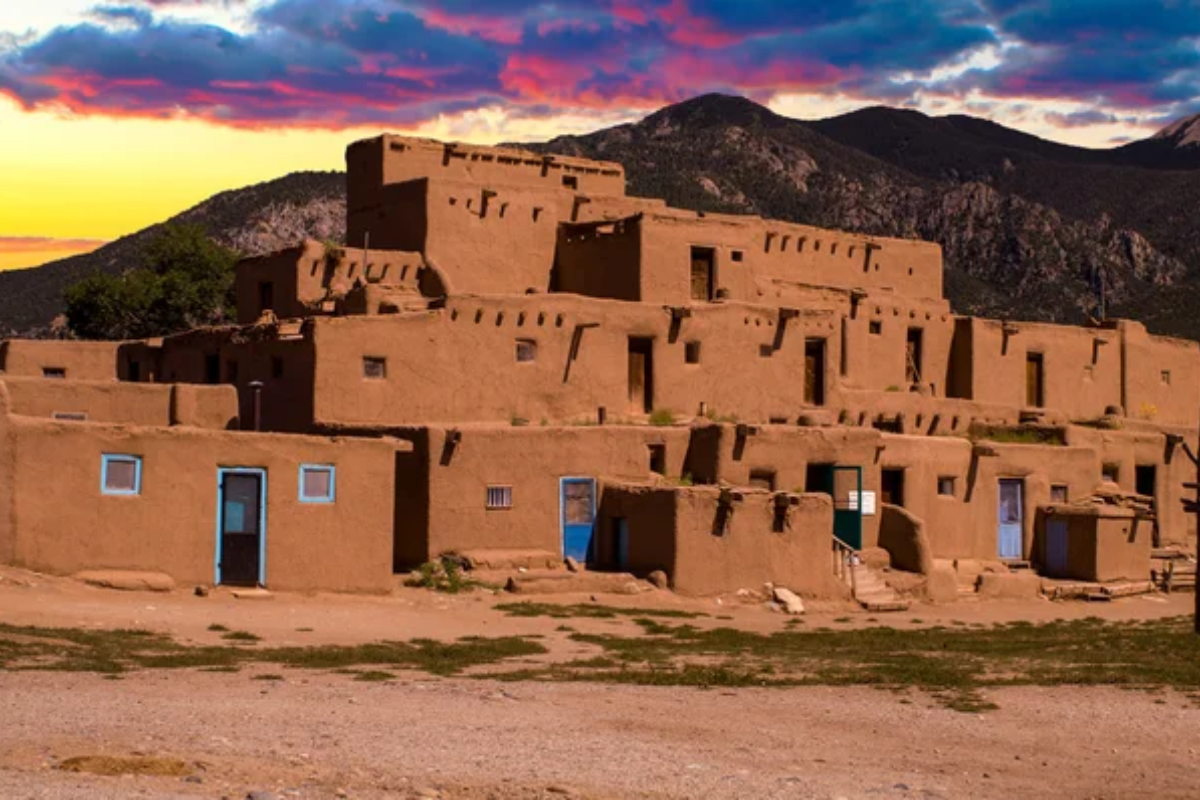
Perched at 7,000 feet, Taos is at the intersection of desert and mountain environments. The town is famous for its ancient pueblo, a multi-story adobe continuously inhabited for over 1,000 years. Artists began arriving in the early 20th century, drawn by the quality of light that seemed to illuminate the landscape from within.
Today, Taos balances its historic character with a progressive environmental ethos, pioneering sustainable building techniques adapted from traditional methods.
Like Travel Pug’s content? Follow us on MSN.
Tucson, Arizona
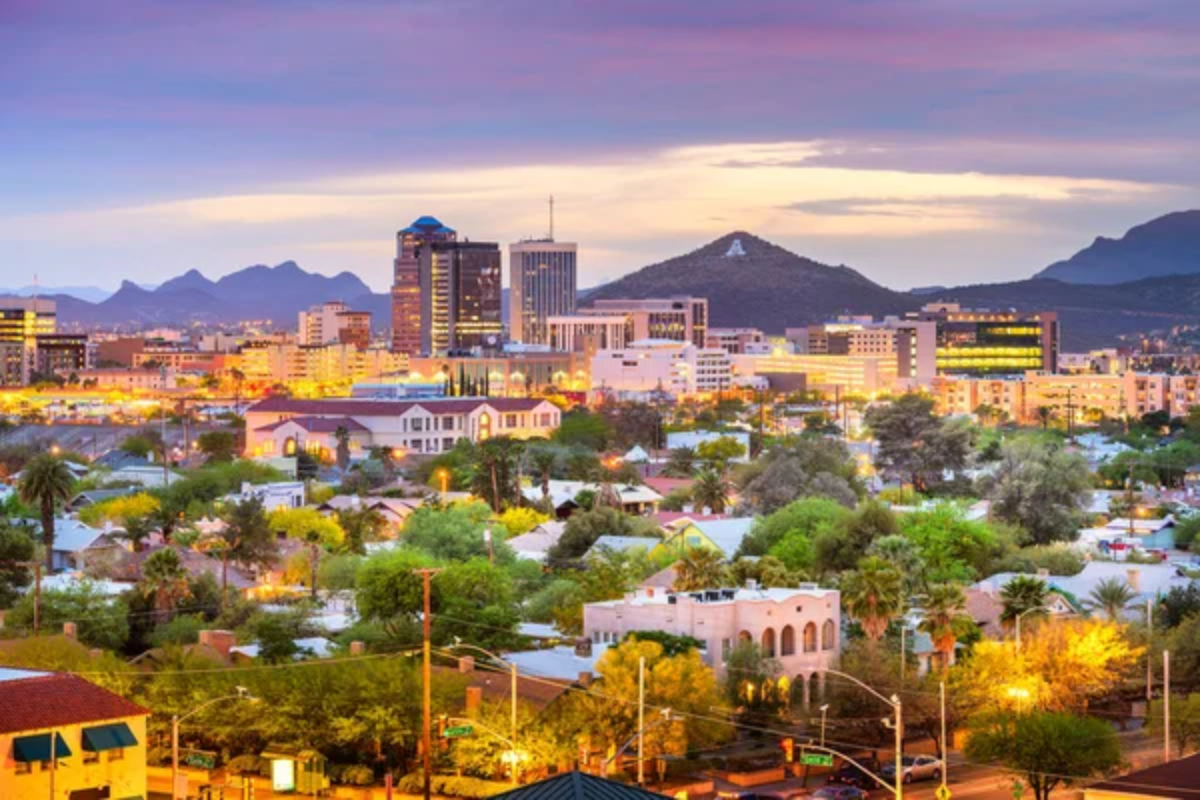
Surrounded by saguaro forests and five mountain ranges, Tucson has embraced its desert identity while growing into a major southwestern hub. The city pioneered the concept of ‘desert landscaping,’ working with native plants rather than fighting against the natural environment.
Tucson’s food scene has earned UNESCO recognition as a City of Gastronomy, celebrating the 4,000-year agricultural heritage of the Sonoran Desert through dishes that feature native ingredients like tepary beans, cholla buds, and prickly pear.
Borrego Springs, California
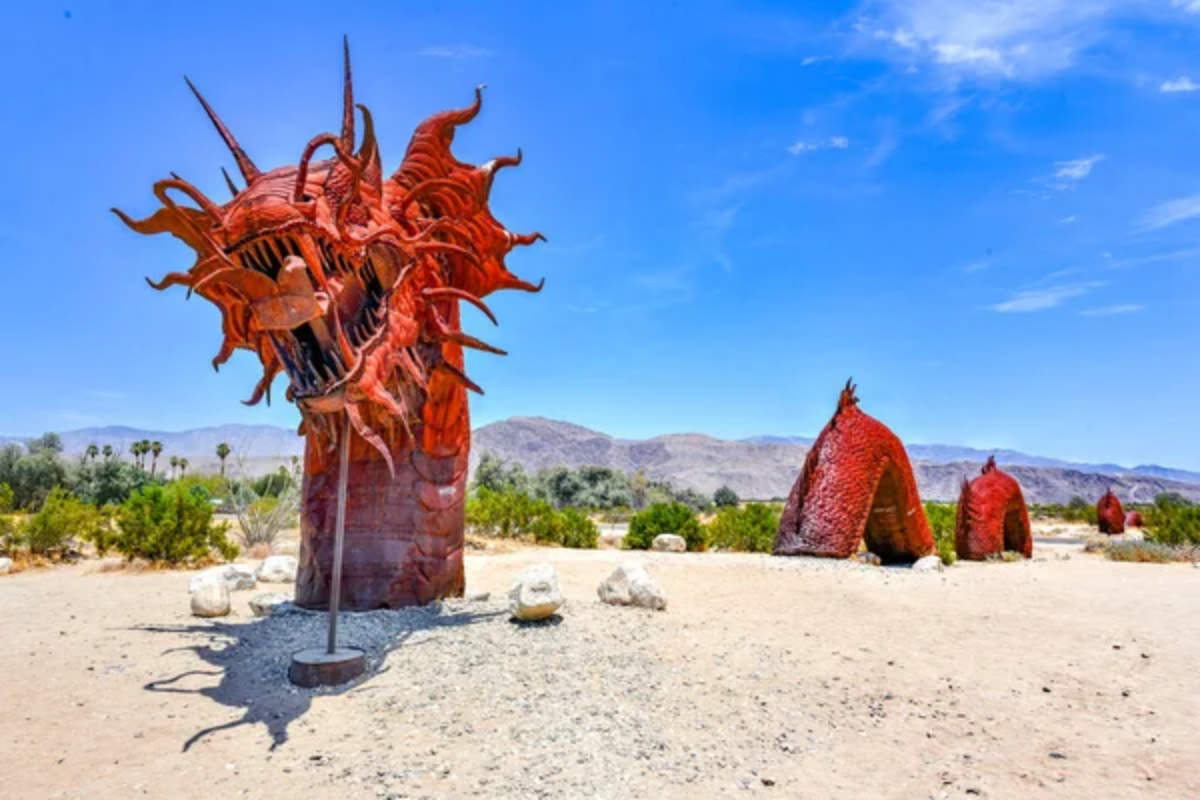
Surrounded by Anza-Borrego Desert State Park, Borrego Springs offers extraordinary dark skies for stargazing. It was designated California’s first International Dark Sky Community, with strict lighting ordinances protecting the night sky from light pollution.
The town is also known for its massive metal sculptures of prehistoric creatures that appear to roam the desert landscape, over 130 artworks that create an outdoor gallery spanning several miles.
Tubac, Arizona
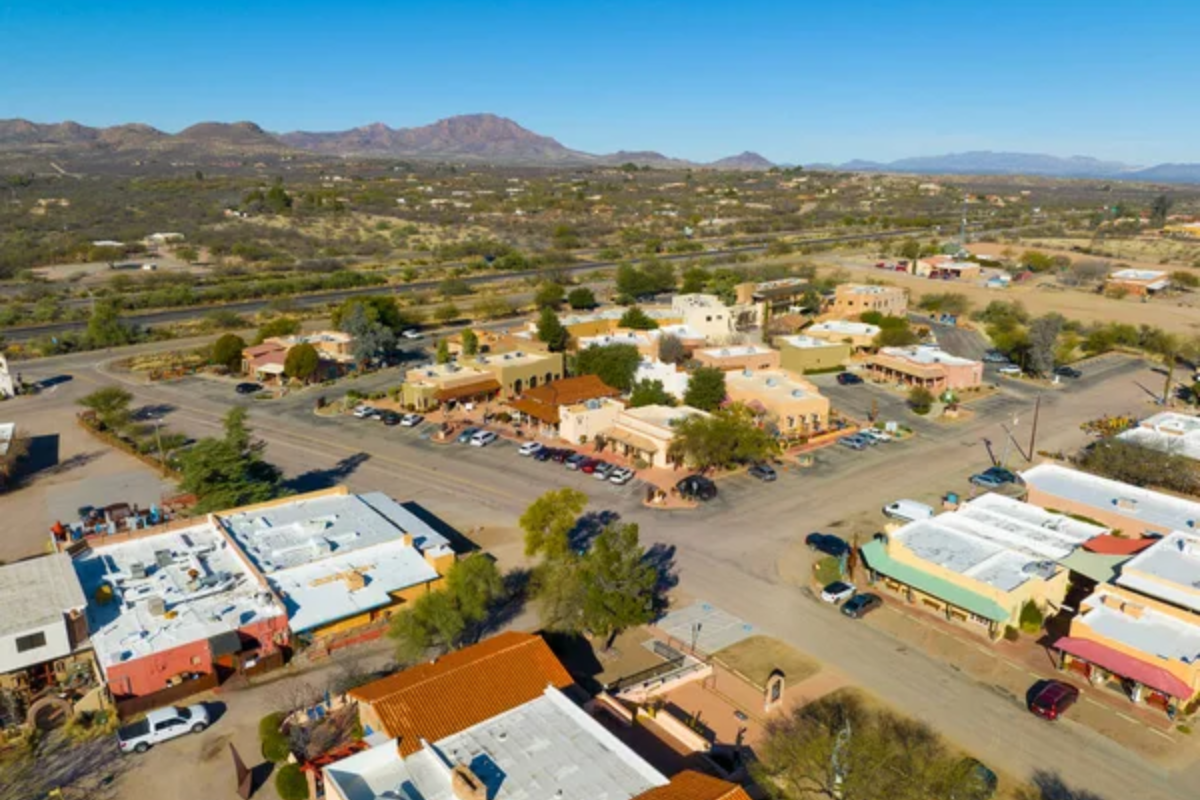
Established as a Spanish presidio in 1752, Tubac now functions as an artists’ colony with a distinctive southwestern flair. The town motto—’ Where Art and History Meet’—perfectly captures the blend of historical preservation and creative energy.
Tubac’s adobe buildings house over 100 galleries and shops featuring everything from traditional Native American crafts to contemporary fine art, all against the Santa Rita Mountains and the desert’s ever-changing light.
Like Travel Pug’s content? Follow us on MSN.
Terlingua, Texas
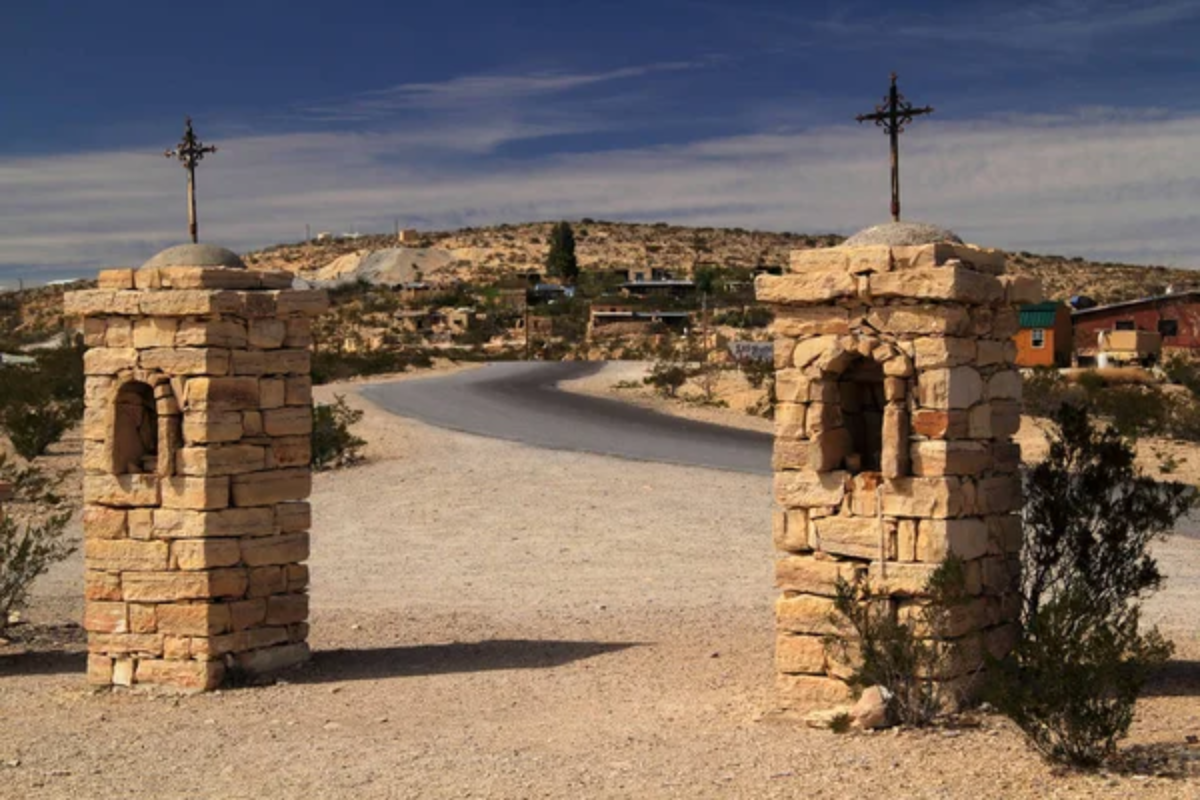
This former mercury mining town near Big Bend National Park was nearly abandoned before being revitalized by an eclectic mix of artists, adventurers, and desert rats. The historic district includes ruins of the mining company store and workers’ housing, now repurposed as shops and accommodations.
Terlingua’s residents embrace their reputation for eccentricity, gathering each evening at the Starlight Theatre—once a movie house for miners, now a restaurant where locals and visitors share tales under the desert stars.
Oatman, Arizona
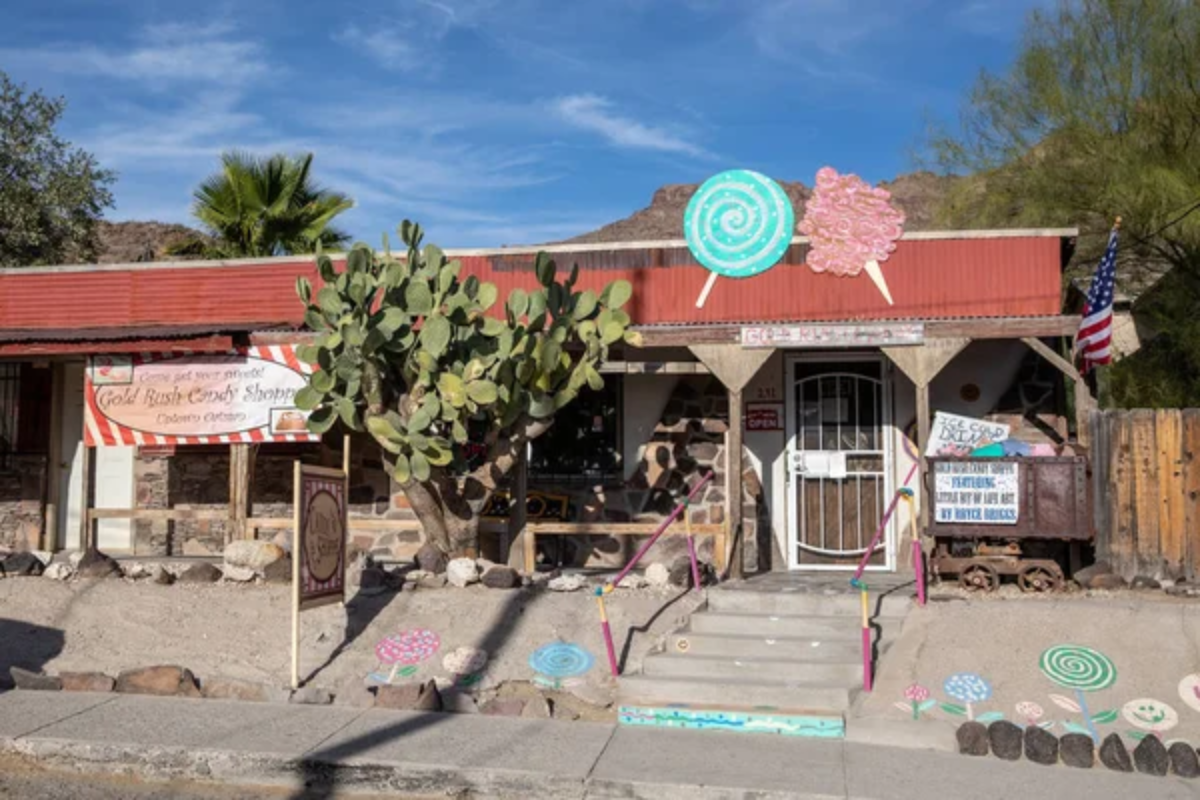
Perched on the edge of the Black Mountains, this former gold mining town maintains its Wild West character, with wild burros roaming the streets as descendants of miners’ pack animals. Oatman’s wooden boardwalks and historic buildings look much as they did during the gold rush days, though now they house shops and saloons rather than mining supplies.
The town’s remote location on the original Route 66 has preserved it from excessive development, maintaining an authentic glimpse into Arizona’s mining past.
Mesquite, Nevada
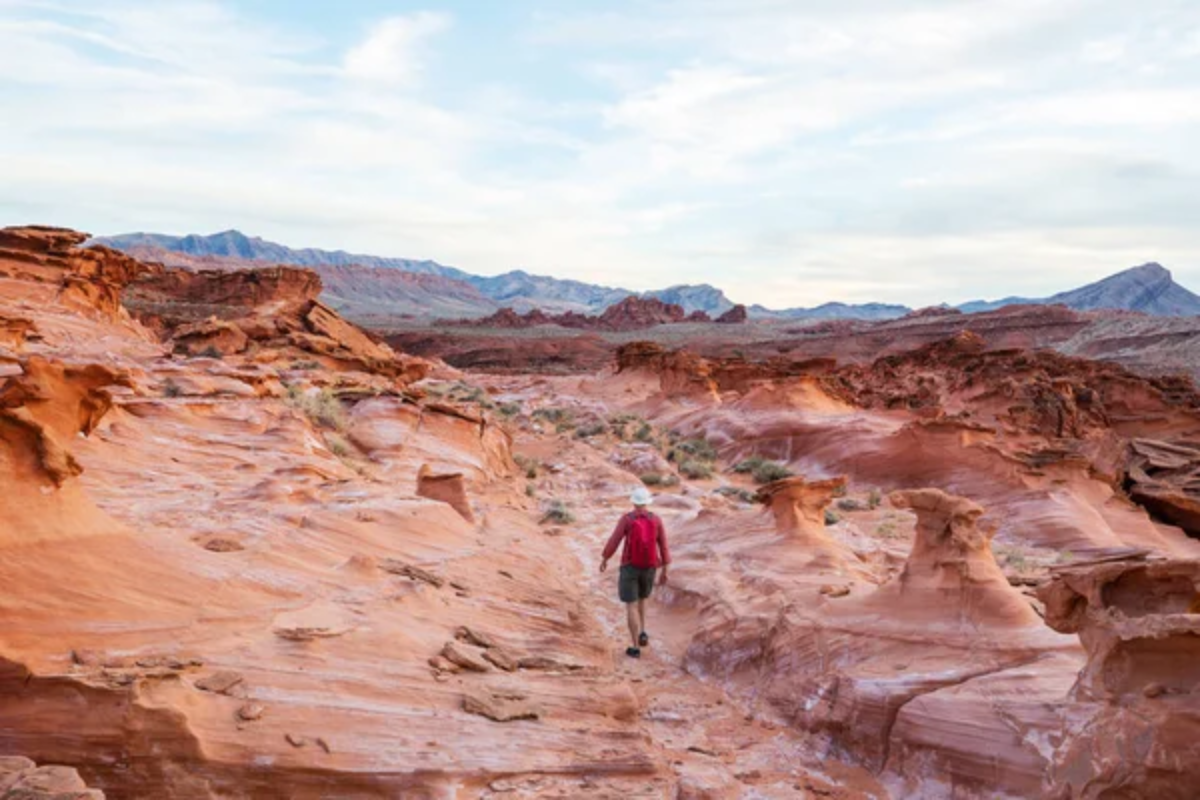
In the Virgin River Valley, Mesquite has transformed from a small Mormon agricultural settlement into a thriving desert community with a distinctive character. The town sits at the junction of three states—Nevada, Arizona, and Utah—giving it a cultural blend unique among desert communities.
Residents enjoy world-class golf courses carved from the desert landscape, with dramatic red mesas forming natural hazards that challenge even the most experienced players.
Like Travel Pug’s content? Follow us on MSN.
Beatty, Nevada

Known as the ‘Gateway to Death Valley,’ Beatty provides a welcoming oasis before travelers venture into America’s hottest national park. The town embraces its mining heritage while serving as a base for exploration of nearby ghost towns and natural wonders.
Beatty’s hot springs offer natural relaxation after desert adventures, while the night skies above the Amargosa Desert rank among the darkest in the country, revealing the Milky Way in all its glory.
Bisbee, Arizona
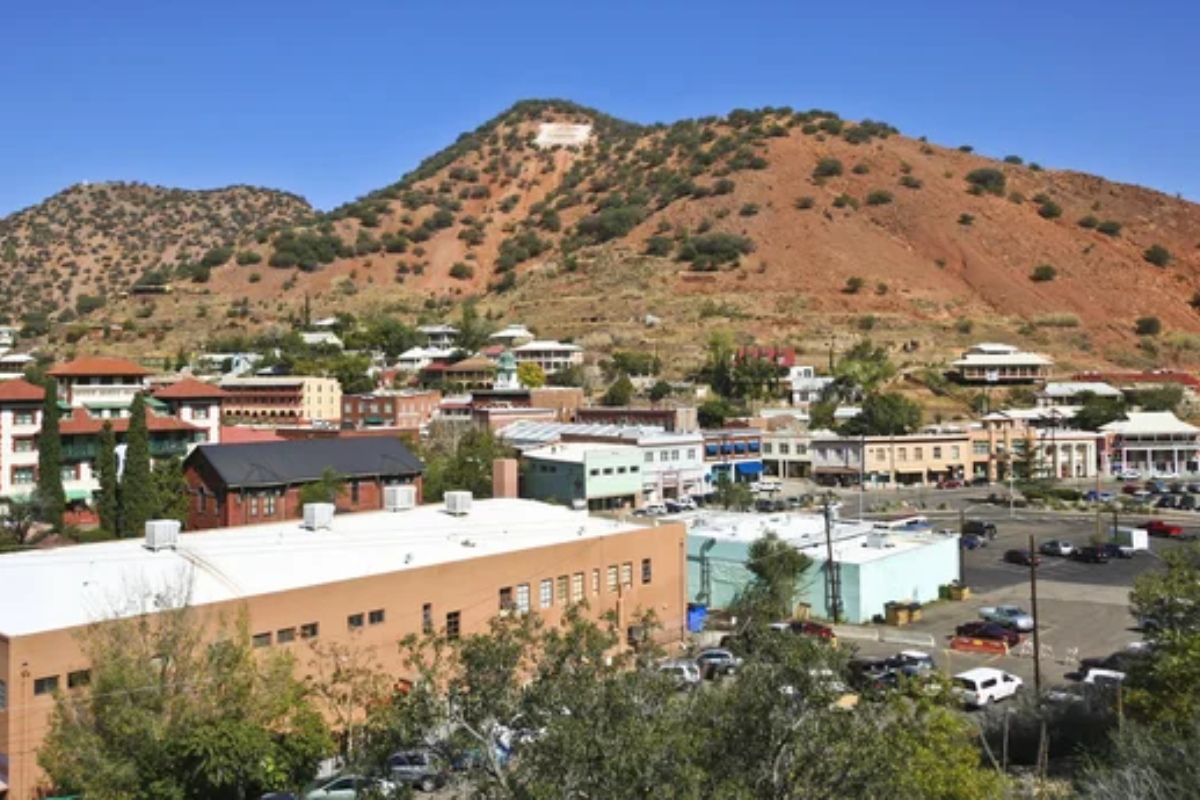
Built into the steep hillsides of the Mule Mountains, this former copper mining town features Victorian architecture perched on staircases that climb the canyon walls. Bisbee’s elevation of 5,500 feet gives it a milder climate than many desert towns, while its mining heritage is preserved in the Queen Mine Tour, where visitors descend into the mountain on the same rail cars once used by miners.
The town’s population includes a high percentage of artists, writers, and musicians, creating a cultural scene that belies its remote location.
Truth or Consequences, New Mexico
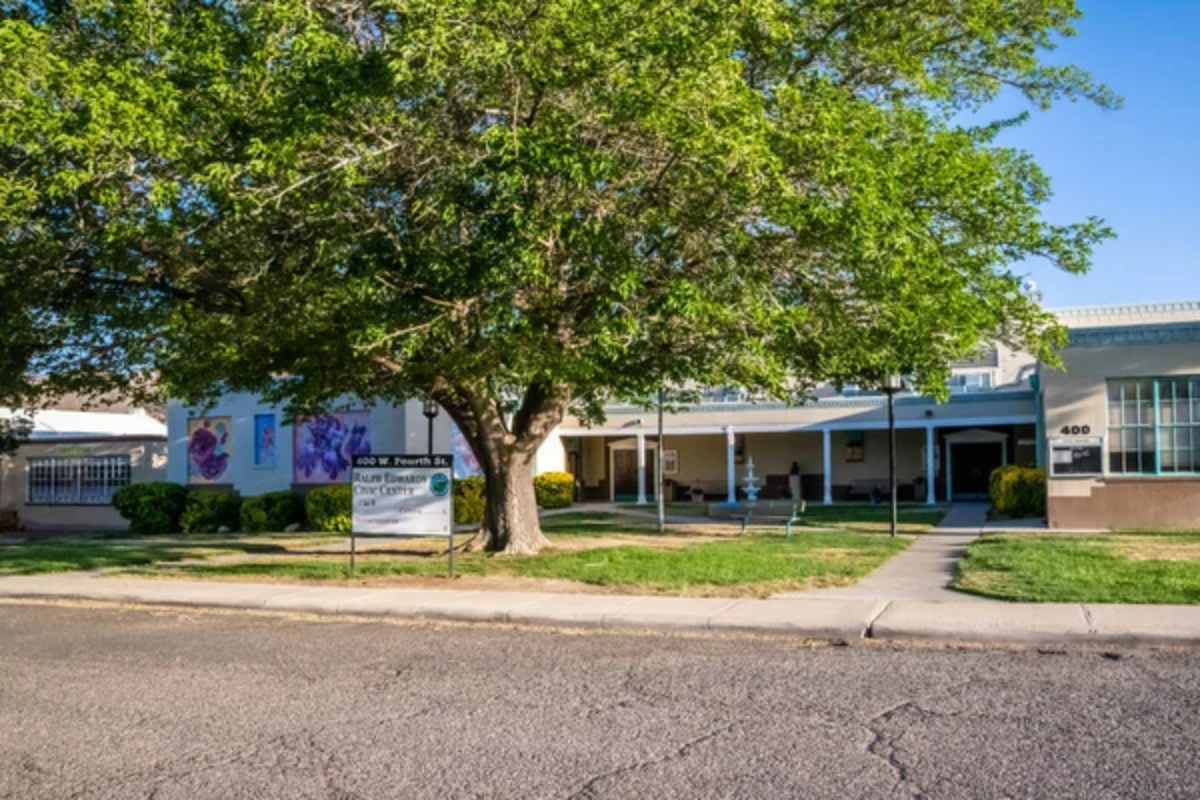
Perhaps the most unusually named town in America, ‘T or C’ (as locals call it) was formerly known as Hot Springs until it renamed itself after a radio show in 1950. The town sits atop a large thermal aquifer that feeds numerous spas and bathhouses with mineral-rich water.
The nearby Elephant Butte Lake—New Mexico’s largest body of water—provides an unexpected aquatic playground in the desert landscape. At the same time, the Rio Grande flows through town, creating a ribbon of green in the otherwise arid environment.
Like Travel Pug’s content? Follow us on MSN.
Bishop, California
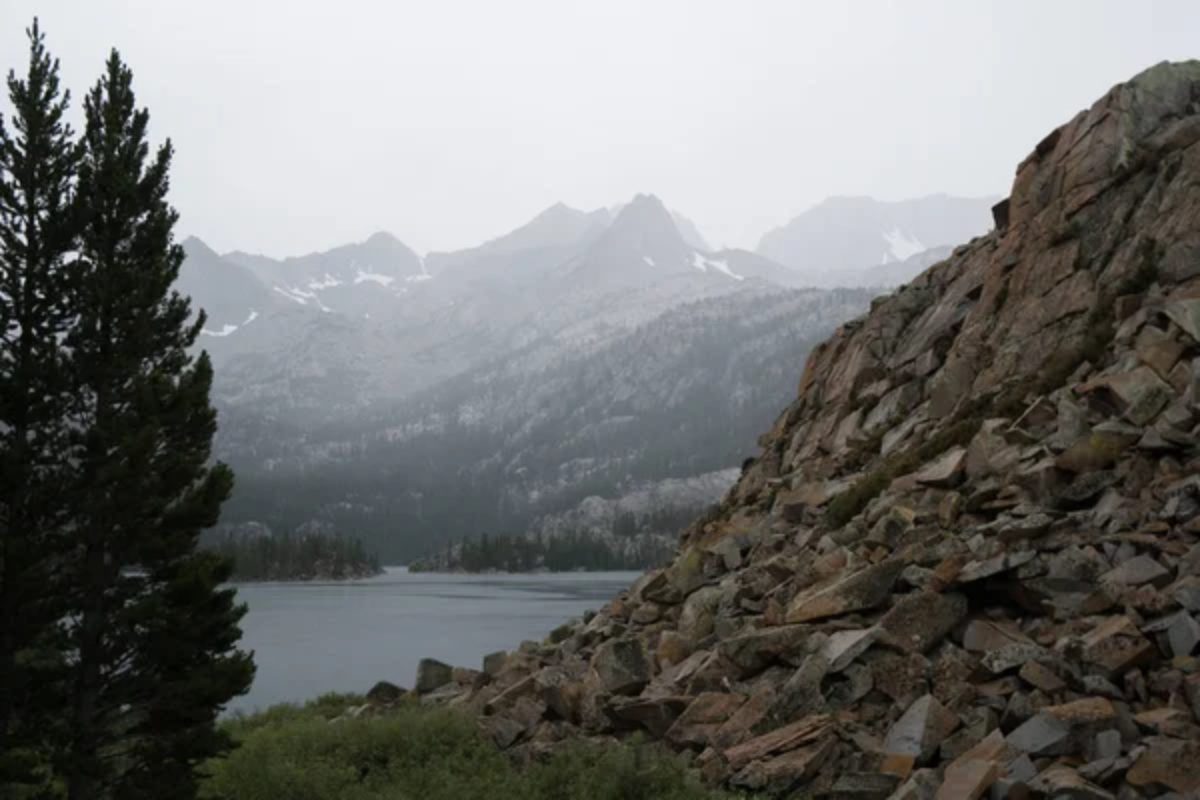
Between the Sierra Nevada and the White Mountains, Bishop serves as the commercial hub of the Owens Valley. The town exists in what ecologists call a ‘rain shadow desert,’ where mountain ranges block moisture from reaching the valley floor.
Despite the arid conditions, Bishop is surrounded by productive agricultural land watered by Sierra snowmelt, creating a verdant oasis amid the desert. The contrast between the desert valley and the 14,000-foot peaks looming above creates a landscape of extraordinary beauty and diversity.
Page, Arizona
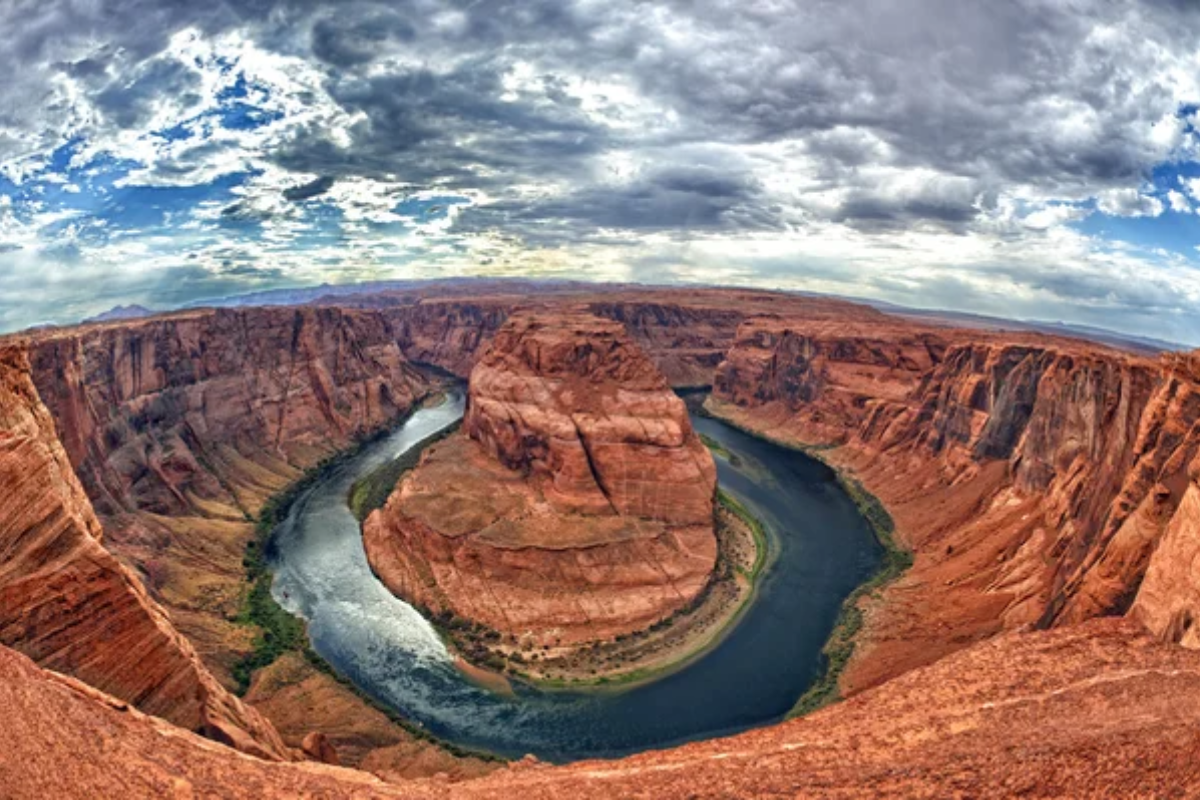
Carved from the desert in the 1950s to house workers building the Glen Canyon Dam, Page sits on the shores of Lake Powell, a massive reservoir on the Colorado River. The town is the gateway to some of the most photographed landscapes in the Southwest, including Antelope Canyon, Horseshoe Bend, and the Wave.
The juxtaposition of the red rock desert and the deep blue waters of Lake Powell creates scenes of stunning beauty that draw visitors from around the world.
Twentynine Palms, California
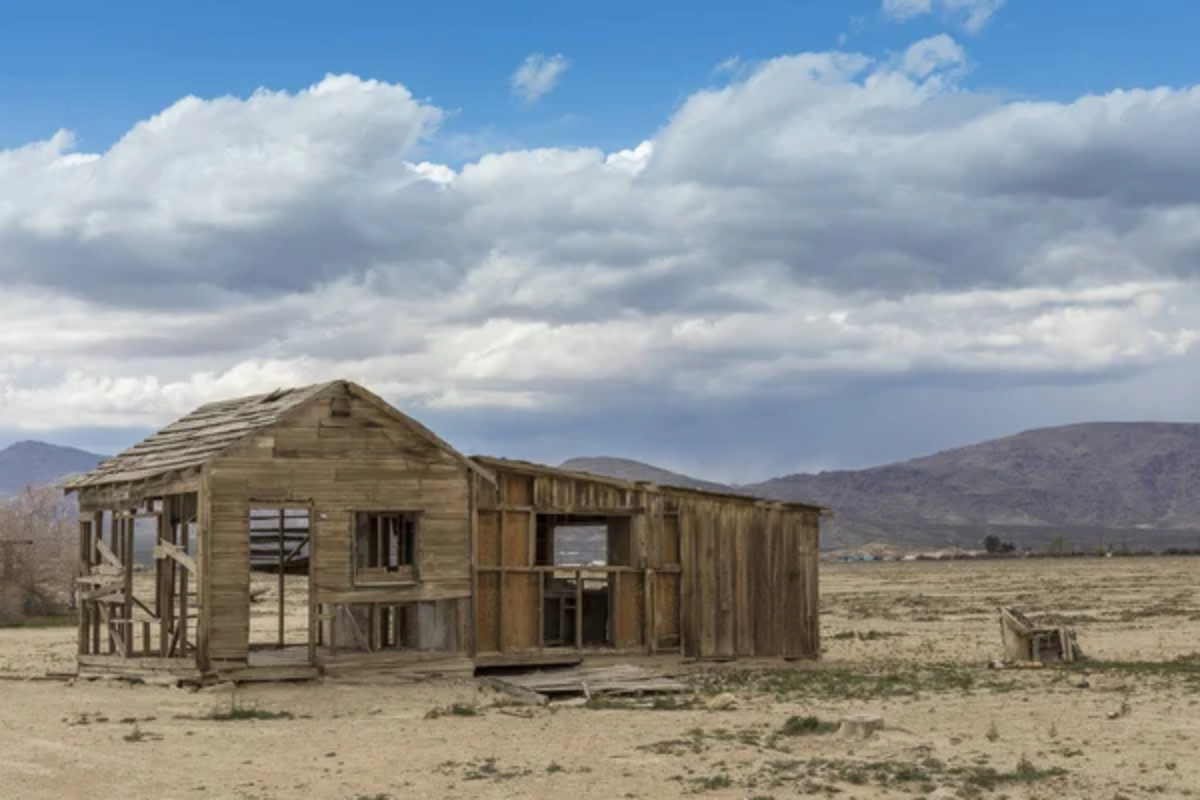
At the northern entrance to Joshua Tree National Park, Twentynine Palms began as a rest stop centered around the natural spring that gives the town its name. Today, it’s home to the Marine Corps Air Ground Combat Center—the largest Marine Corps base in the world—creating a unique community where military personnel and desert artists live side by side.
The town is known for its outdoor murals depicting desert life and history, turning the entire community into an open-air gallery.
Like Travel Pug’s content? Follow us on MSN.
Deserts: America’s Misunderstood Landscapes

These twenty towns prove that desert communities offer far more than scorching temperatures and barren landscapes. They showcase the incredible diversity of America’s arid regions, from high-altitude plateaus to below-sea-level basins.
Each town has developed its unique relationship with the surrounding environment, finding ways to survive and thrive in harsh or inhospitable conditions. The next time someone dismisses the desert as empty or lifeless, point them toward these vibrant communities that have turned perceived limitations into distinctive advantages.
More from Travel Pug

- Cities Growing so Fast You Won’t Recognize Them in 10 Years
- 13 Destinations Where Tourists Regularly Regret Their Trip
- 20 Obscure WWII Sites Even History Buffs Don’t Know About
- 10 Under-the-Radar Mountain Towns That Are Both Affordable and Beautiful
- Remote Villages in Europe Where You Can Live for Free in Exchange for Work
Like Travel Pug’s content? Follow us on MSN.
